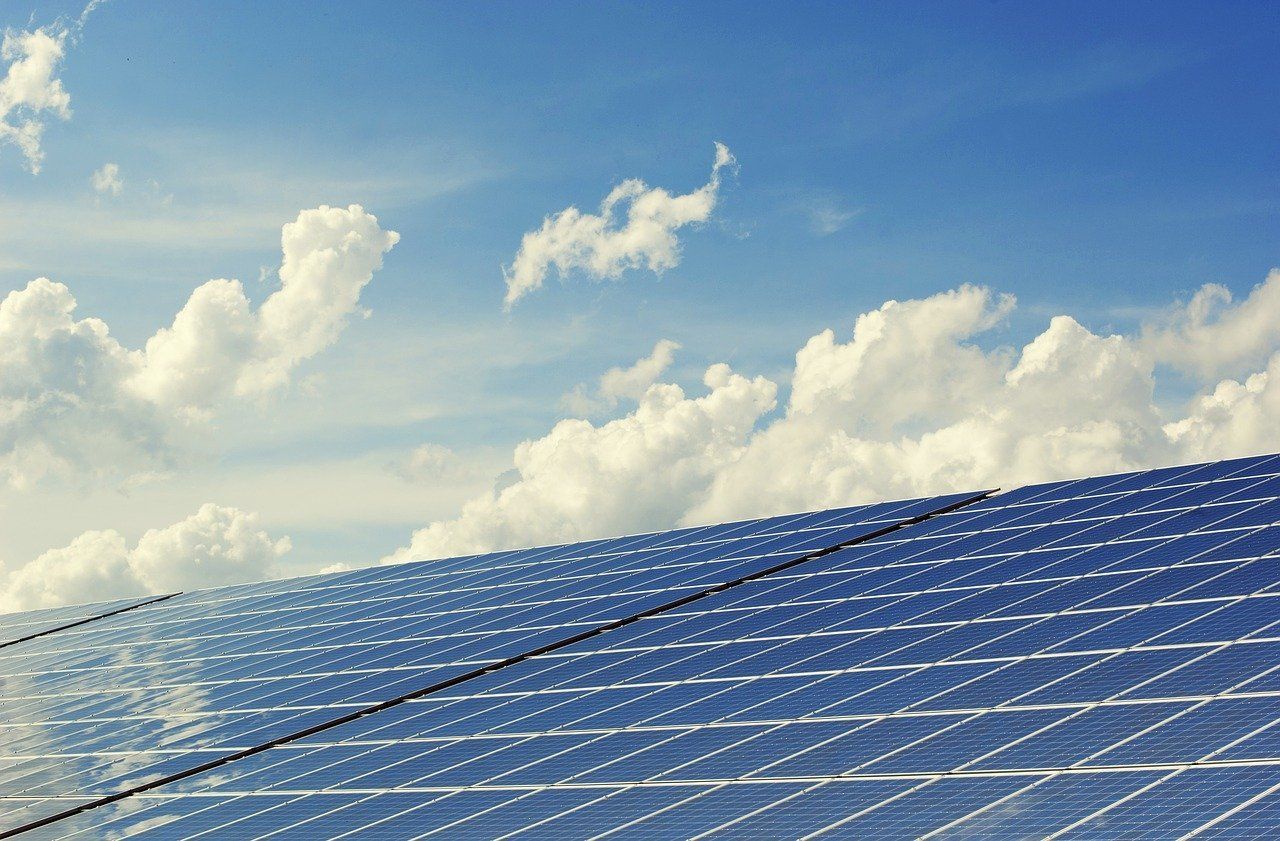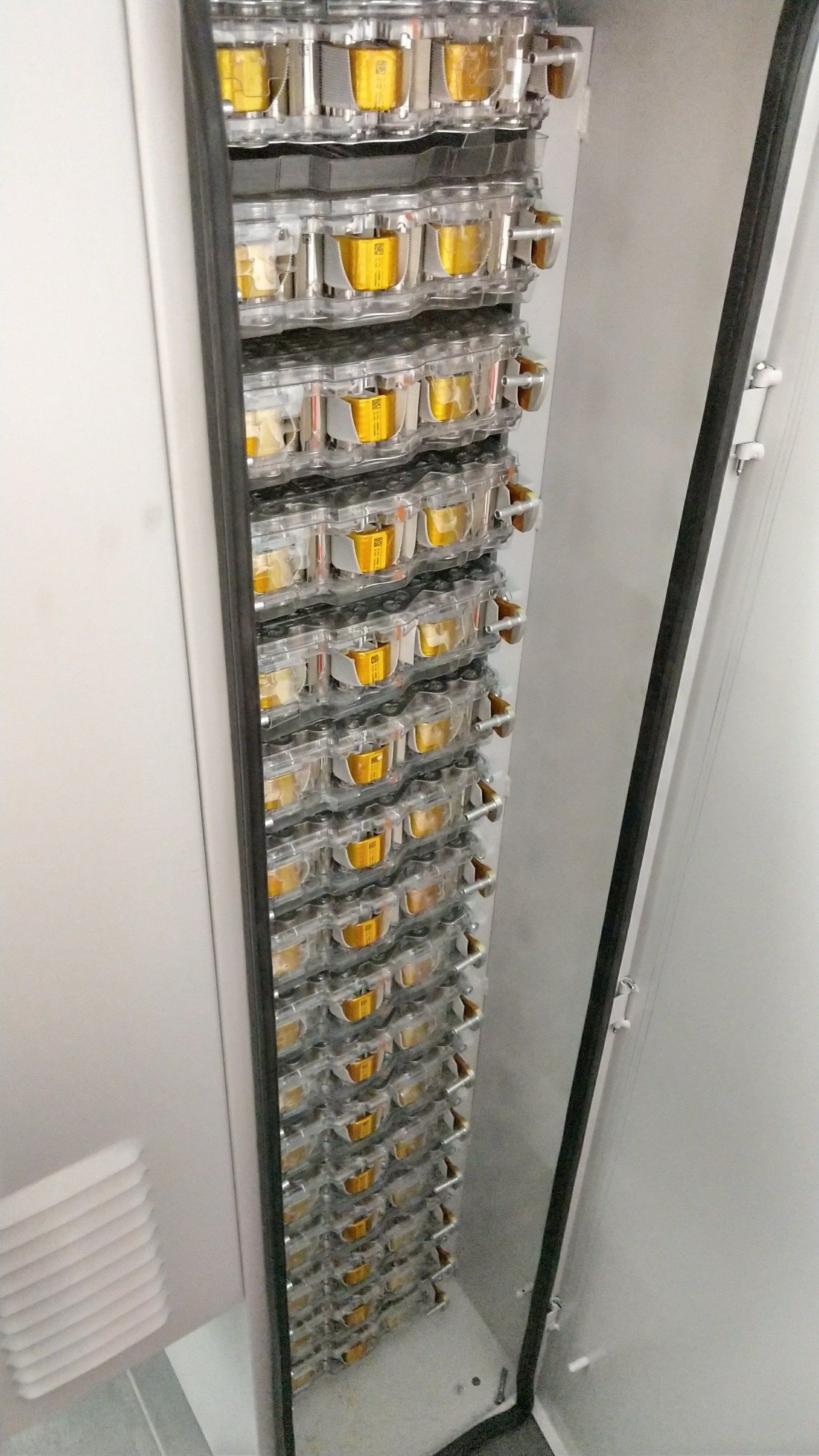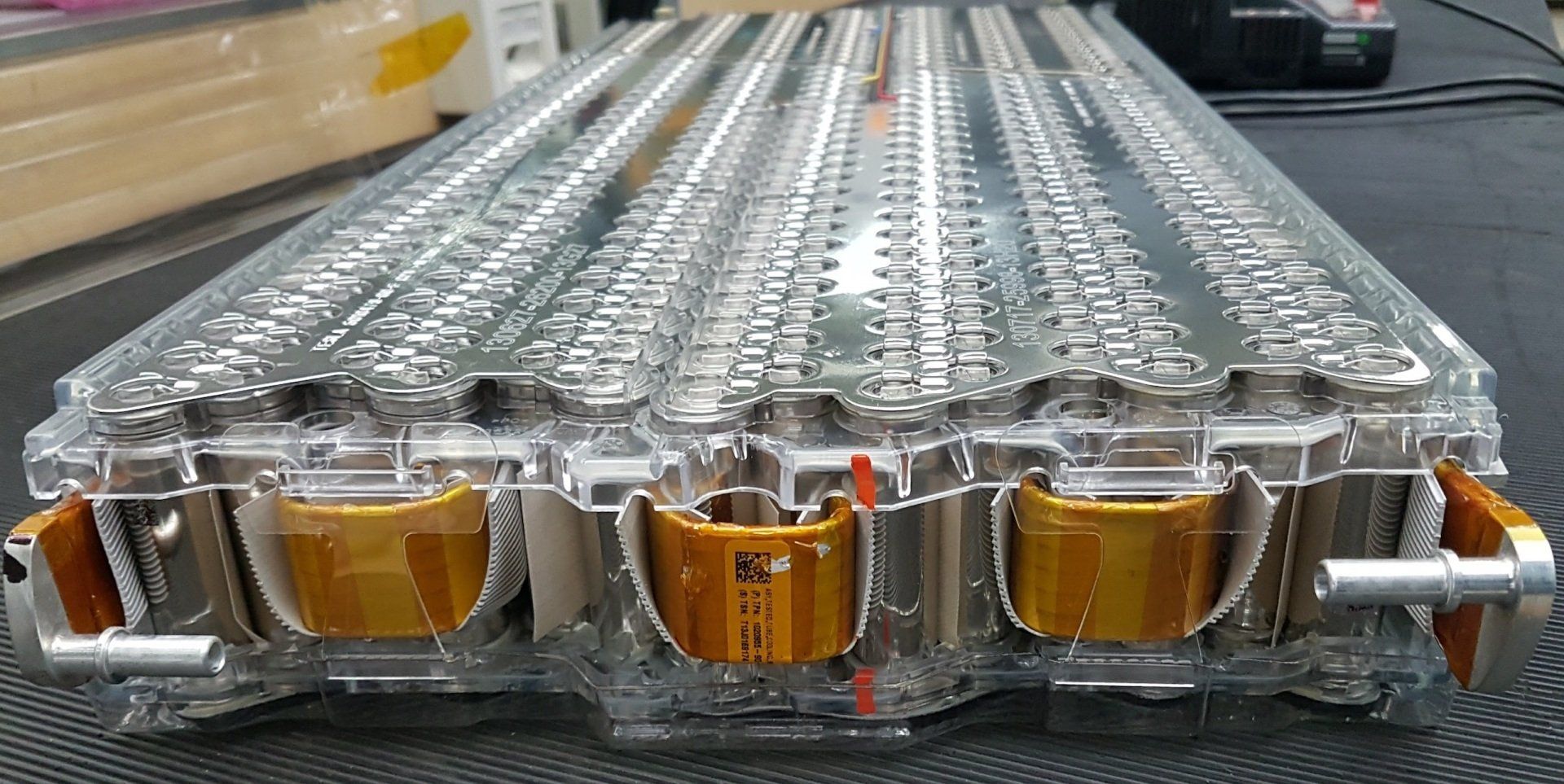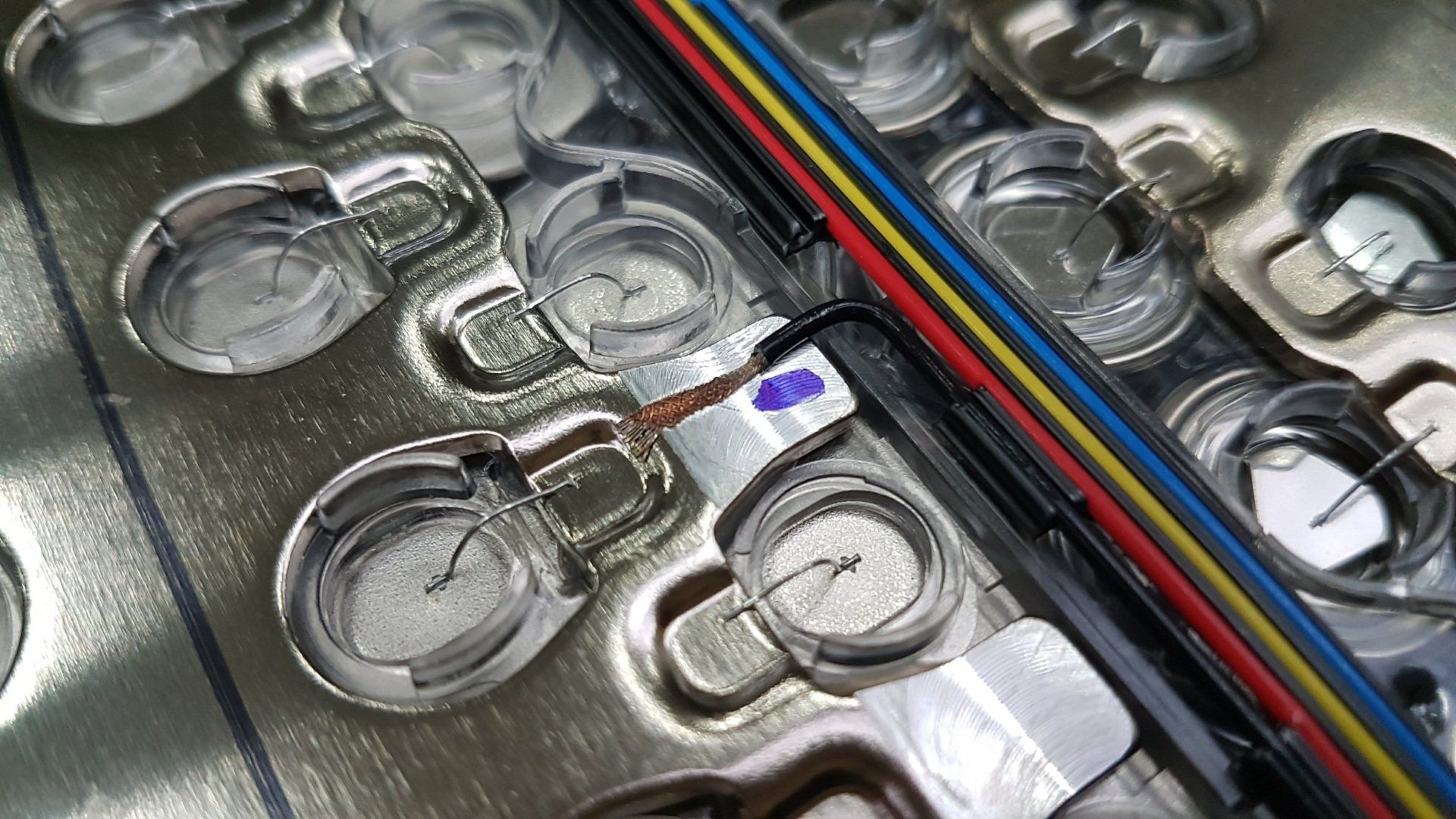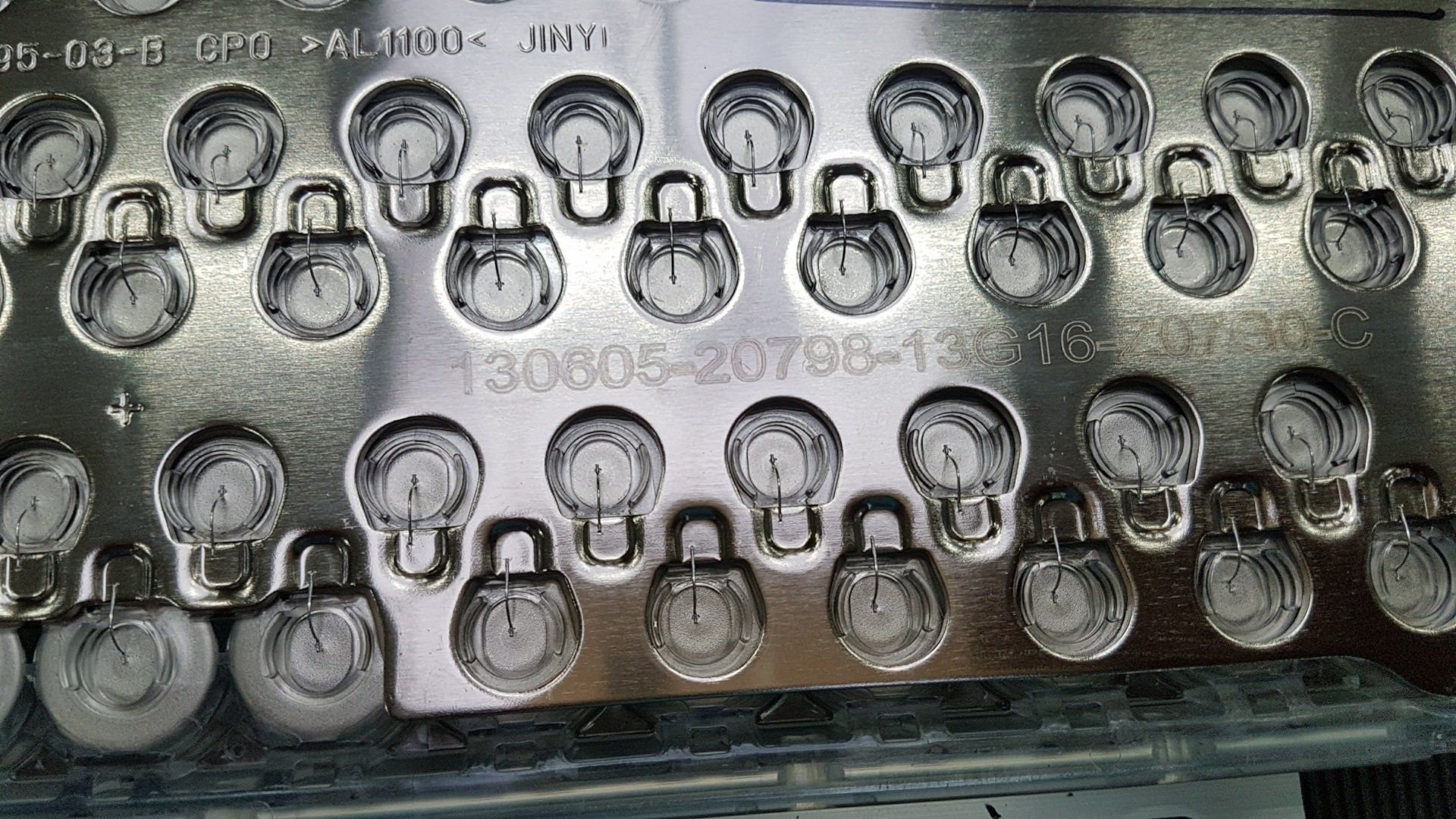Straight to the shop
Battery storage for solar systems
Why battery storage? Storage is useful for the energy transition!
"In order to achieve a better adjustment between energy production and consumption, in addition to measures such as load management, stationary storage for electrical energy can also be considered." Quote from the VDI seminar
Why first a large solar system?
If only little solar energy is generated, only little excess energy can be stored. Only when the roof is fully occupied or a size of 15-40kWp has been reached for a private household does it make sense to think about battery storage. Larger solar systems also have lower specific production costs. 40kWp sounds like a lot, but one or two electric cars directly increase consumption by around 10,000 kWh per year. In the months of March to October, it is relatively easy to be almost self-sufficient with battery storage. In the remaining months, a large-scale solar system is important for a still acceptable solar self-sufficiency. Below is a table with the average annual consumption of different household types, the minimum recommended performance of the PV system and the achievable degree of self-sufficiency with and without battery storage. Assumption: Average power consumption per year and recommended solar system size with at least 40% self-sufficiency:
| people | power consumption Ø | Solar system - south roof | With battery storage | With battery storage |
|---|---|---|---|---|
| 10kWh | 20kWh | |||
| 1 Person | 2.000 kWh | 5.4kWp / 41.2% Autarkie | 81.6% Autarkie | 92.7% Autarkies |
| 2 persons | 3.300 kWh | 7.8kWp / 42.3% Autarkie | 82.1% Autarkie | 89.2% Autarkies |
| 3 persons | 4.300 kWh | 7.8kWp / 40.2% Autarkie | 76.4% Autar trucks | 88.0% Autarkies |
| 4 people | 5.000 kWh | 10.8kWp / 41.1% Autarkie | 77.5% Autarkies | 90.1% Autarkies |
| 5 people | 6.200 kWh | 13.8kWp / 40.3% Autarkie | 78.3% Autarkies | 89.3% Autarkie |
The results look completely different when large consumers such as a heat pump for central heating with hot water generation and/or an electric car increase electricity consumption considerably:
| case of need | power consumption Ø | Solar system south roof | With storage 10kWh | With storage 20kWh | With storage 30kWh |
|---|---|---|---|---|---|
| With heat pump | |||||
| 4 people | 8.451 kWh | 24.5kWp / 39.1% Autarkie | 68.4% Autar trucks | 73.8% Autarkies | 80.1% Autarkie |
| With WP and EV | |||||
| 4 people | 13.542 kWh | 44.2kWp / 28.0% Autarkie | 50.6% Autarkies | 64.9% Autarkie | 81.5% Autarkies |











